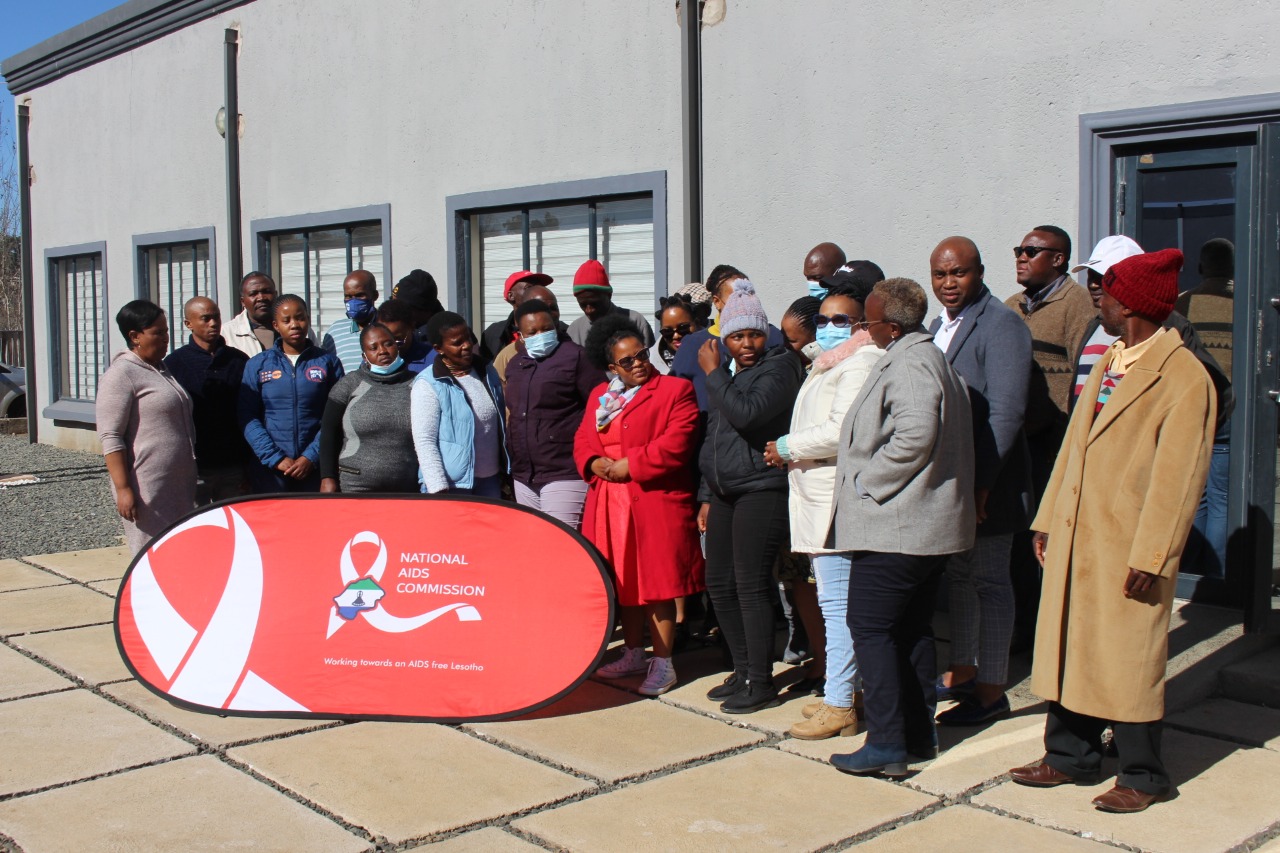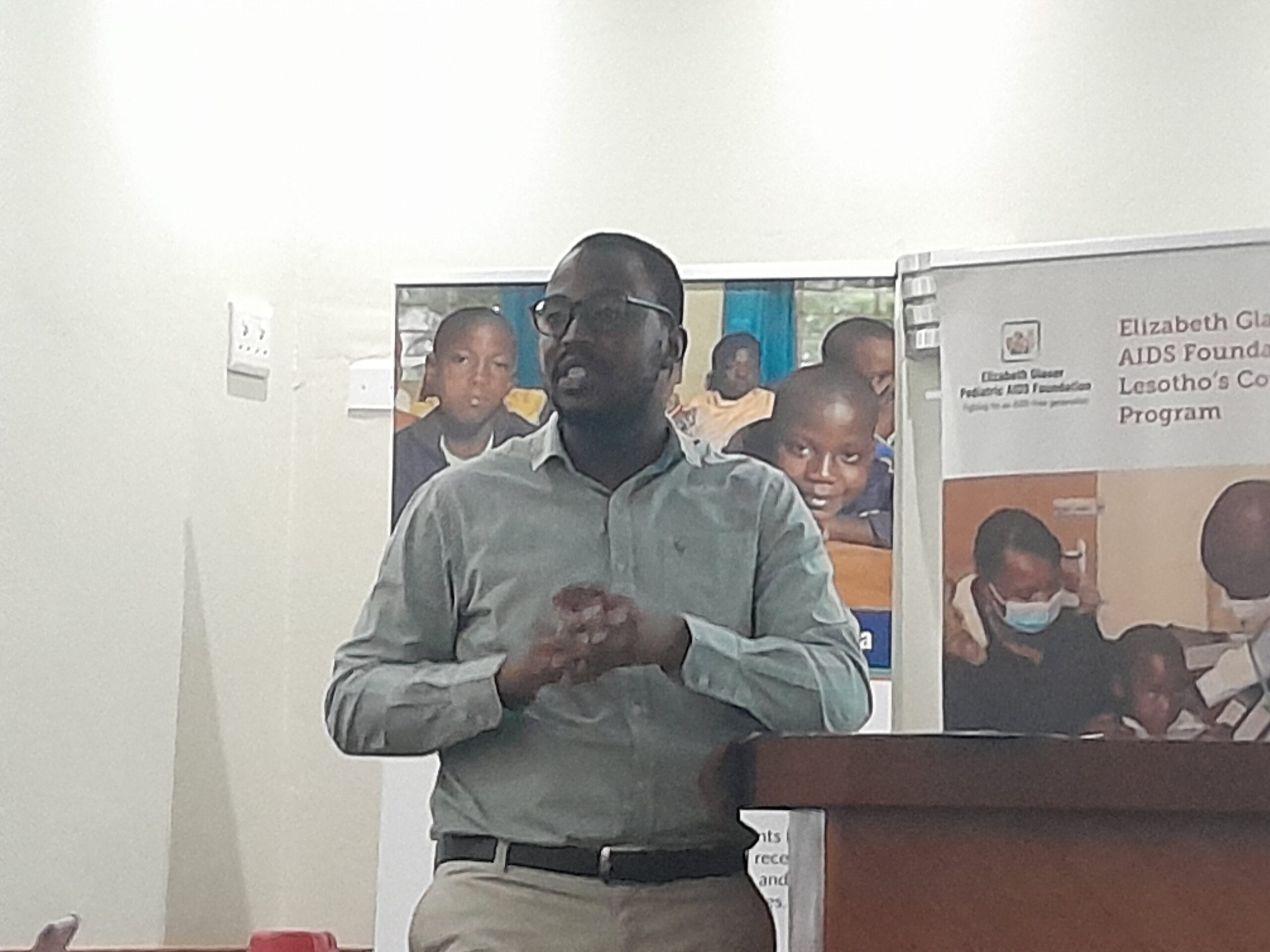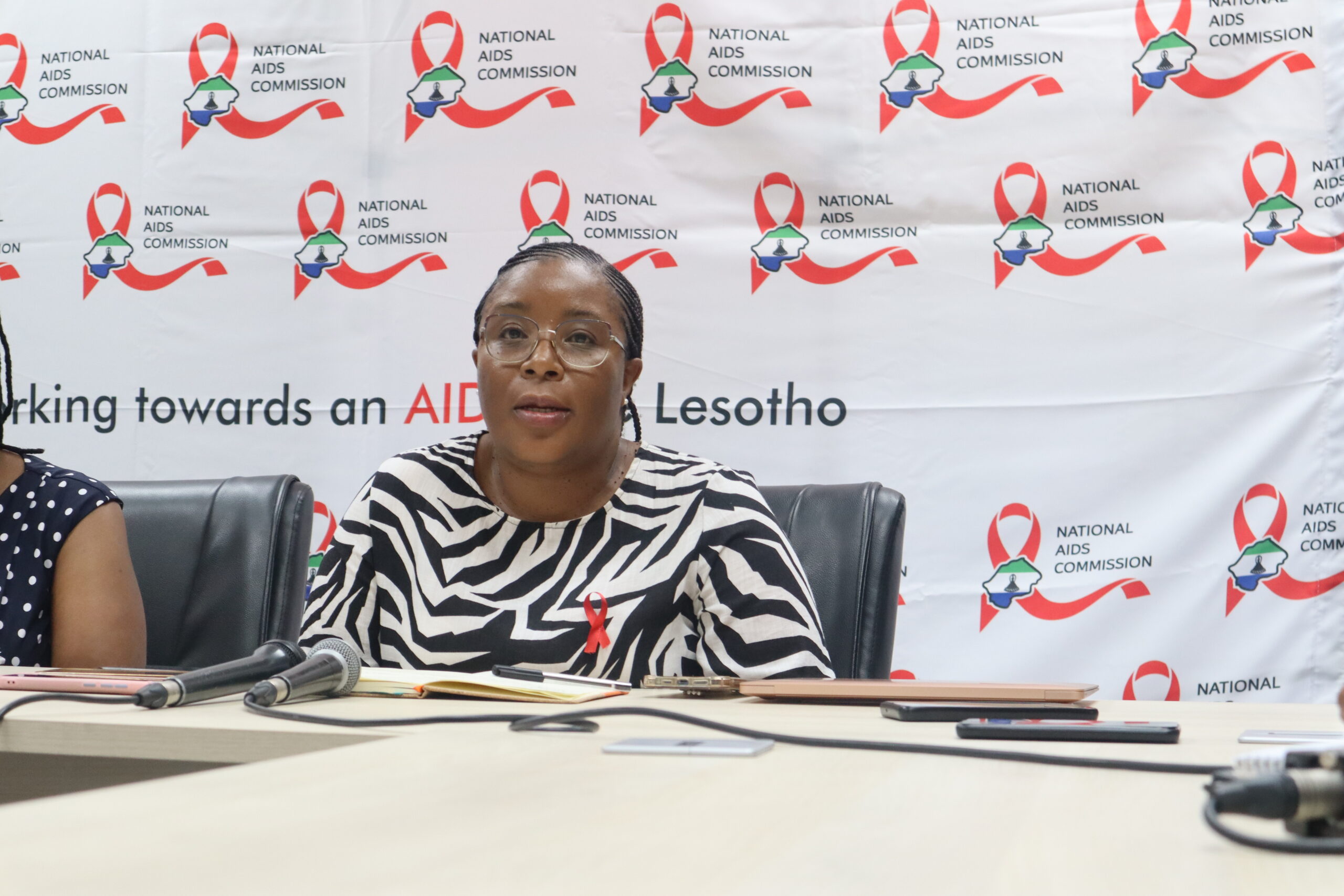Ntsoaki Motaung
Director of the UNAIDS Regional Support Team for Eastern and Southern Africa, Anne Githuku-Shongwe, has applauded Lesotho for the remarkable progress the country has made in the fight against HIV/AIDS.
“The HIV burden has declined since Lesotho launched the ‘know your status campaign’ in the early 2000s,†Githuku-Shongwe said during the launch of the Education Plus initiative in Maseru last week.
The initiative is aimed at effectively addressing the alarming numbers of adolescent girls and young women acquiring HIV and dying from AIDS.
“The good news is that new infections have declined by 79 percent between 1994 and 2021. AIDS deaths have also declined by 76 percent from 19,205 down to 2,500,†she said.
“There was a time when we did nothing but attend funerals related to AIDS, but that has since changed and Lesotho is showing signs of victory against HIV,†she added.
Lesotho and other countries such as Italy, Vietnam and Zimbabwe cut new HIV infections by more than 45 percent between 2015 and 2021.
This is one of the statistics released by the UNAIDS global report titled ‘In Danger’, released last month ahead of the International AIDS conference opening in Montreal, Canada.
“Countries as diverse as Italy, Lesotho, Viet Nam and Zimbabwe cut new HIV infections by more than 45 percent between 2015 and 2021,†read the report.
It indicated that “these countries were able to cut new HIV infections because their national responses were adequately resourcedâ€.
They also adopted sound policies and made prevention and treatment technologies widely available, it stated.
In some countries, UNAIDS observed that there were substantial differences in HIV treatment access between districts in such countries.
The report revealed that such inequalities were pronounced in countries such as the Central African Republic, Gabon, Guinea, Ethiopia, Haiti, Nigeria and Sierra Leone.
Lesotho was praised for minimising coverage gaps between districts.
“Some countries have minimised coverage gaps between districts—such as Lesotho, Malawi and Rwanda— and have also achieved some of the largest reductions in new HIV infections and AIDS-related deaths,†read the report.
It also highlighted that the uptake of Voluntary Male Medical Circumcision (VMMC) in Lesotho was rapidly trending upwards.
VMMC is the surgical removal (cutting away) of the foreskin. It is offered to men who elect to undergo the procedure after they have been informed of the health benefits and risks associated with the procedure.
The Global AIDS Strategy calls for 90 percent of men and boys in 15 priority countries in eastern and southern Africa to obtain VMMC to reduce their risk of HIV acquisition.
Githuku-Shongwe also applauded Lesotho for achieving the UNAIDS’s 90-90-90 target.
“We saw 90 percent of adults living with HIV being aware of their status, 96 percent being enrolled on Antiretroviral Therapy, which is a huge achievement,†she said.
In 2013, the UNAids introduced the 90-90-90 concept.
The idea was that by 2020, 90 percent of people who are HIV infected will be diagnosed, 90 percent of people who are diagnosed will be on antiretroviral treatment and 90 percent of those who receive antiretrovirals will be virally suppressed.
Some countries faced insurmountable challenges to achieve high rates of HIV testing and treatment to reduce transmission but Lesotho was one of the few countries to accomplish the milestone.
In 2020 it was reported that Lesotho Population-based HIV Impact Assessment showed that Lesotho reached the UNAIDS 90-90-90 targets by 2020.
90 percent of the population was aware of their HIV status, 97 percent of those aware of their HIV status were on treatment, and 92 percent of those on treatment were virally suppressed.
These findings position the country well as it aims to achieve the revised and more ambitious UNAIDS target of 95-95-95 by 2025.
… However new infections in Botha-Bothe raises concern
Ntsoaki Motaung
New HIV infections have been declining in the country in recent years, and that is great news, but a meeting in Botha-Bothe this week revealed some troubling information.
Newsday can now report that it has been revealed at a sensitisation workshop organized by the National AIDS Commission (NAC) in Botha-Bothe this week that the district saw increases in HIV cases in the past months.
“In June 2022, 551 people in Botha-Bothe were tested for HIV. Out of those, 61 people tested positive, translating to a rate of about 11 percent for that month,†District Health Management Team (DHMT) Counselor, ‘Matsebo Busa Chele, said.
“In July 515 tests were made and 39 tested positive setting the district to eight percent positivity rate for that month,†she added.
“When it comes to youth between the ages of 15 and 19, from January to July, 736 HIV tests were conducted and 18 were positive, while for those between 20 and 24 years of age, 1012 tests were conducted and 43 of them were HIV,†she also said.
The Lesotho Population-based HIV Impact Assessment (LePHIA) 2020 survey found that among adults, the annual incidence of HIV in the country was 0.45 percent, corresponding to about 5,000 new infections per year.
Minister of Health Semano Sekatle and representatives from ICAP at Columbia University announced the final results LePHIA 2020 survey in August last year.
LePHIA 2020 is a household-based national survey that was conducted between December 2019 and March 2020 to measure the status of Lesotho’s national HIV response.
It was the second LePHIA survey; the first was completed in 2016-17.
Chele indicated that with increasing prevalence, non-adherence to HIV treatment also remains a problem faced by HIV Positive people of Botha-Bothe district.
“Some people come up with many reasons that differ from one person to the next when asked why they are not taking their medication,†Chele said.
“Some people are just afraid of being seen taking treatment while others will reason that health centers are very far from their homes and they cannot walk long distances,†she added.
If not treated properly, HIV infections can turn into AIDS, and the UNAIDS has set a goal of ending AIDS by 2030.
She said while strides have been made in fighting HIV in the country, many men are still hesitant to get tested and remain aware of their HIV status.
“One of the major problems we are facing not only as the district, but as a country is that a lot of male persons do not want to go for testing. In ten patients that get tested only one is a male,†she said.
The sensitisation workshop was organised for community gatekeepers for the prevention of HIV by NAC with the support of the United Nations Population Fund (UNFPA).
Botha-Bothe was selected for the workshop because of the ongoing construction of the Ha-Belo industrial estate project in that district.
Phase-I of the project is scheduled to deliver 16 factory shells which are expected to employ over 14,500 people upon completion of construction.
Subsequent phases of the project will create an additional 41,000 jobs from 51 shells.
Factory workers are especially vulnerable to HIV. They form a sub-group in the country that is at increased risk of HIV, with one of the highest prevalence rate.
Young women form a large population in these factories.
Among adults, according to the findings of the LePHIA 2020 survey, HIV prevalence varied geographically across Lesotho, ranging from 18.8 percent in Botha-Bothe to 24.0 percent in Mafeteng.
NAC is concerned that the opening of factories in Botha-Bothe might affect the district’s status as the one with the lowest HIV prevalence in the country.

Your Trusted Source for News and Insights in Lesotho!
At Newsday Media, we are passionate about delivering accurate, timely, and engaging news and multimedia content to our diverse audience. Founded with the vision of revolutionizing the media landscape in Lesotho, we have grown into a leading hybrid media company that blends traditional journalism with innovative digital platforms.












